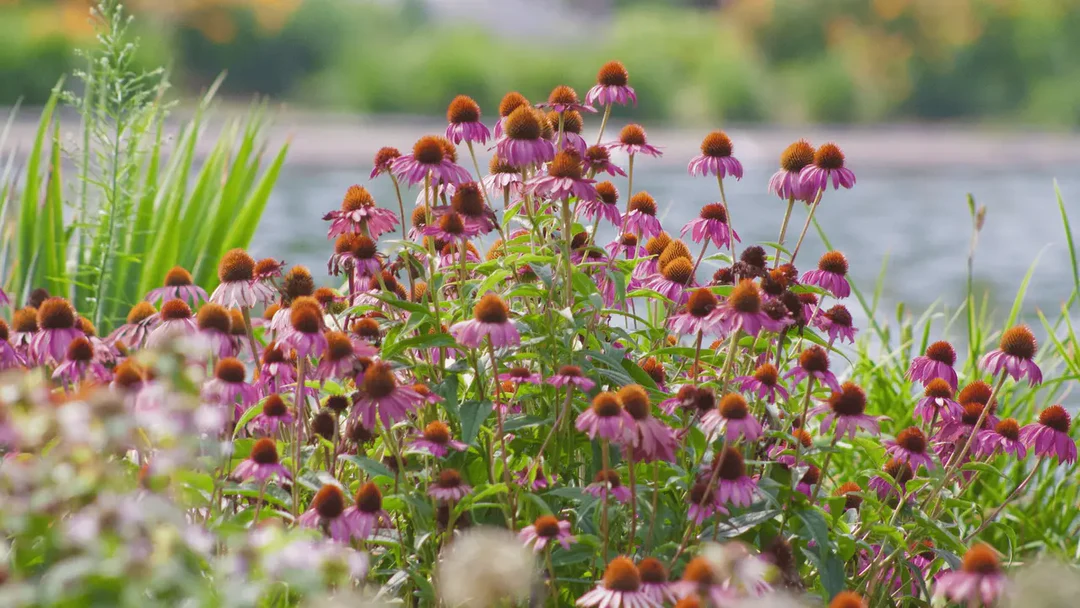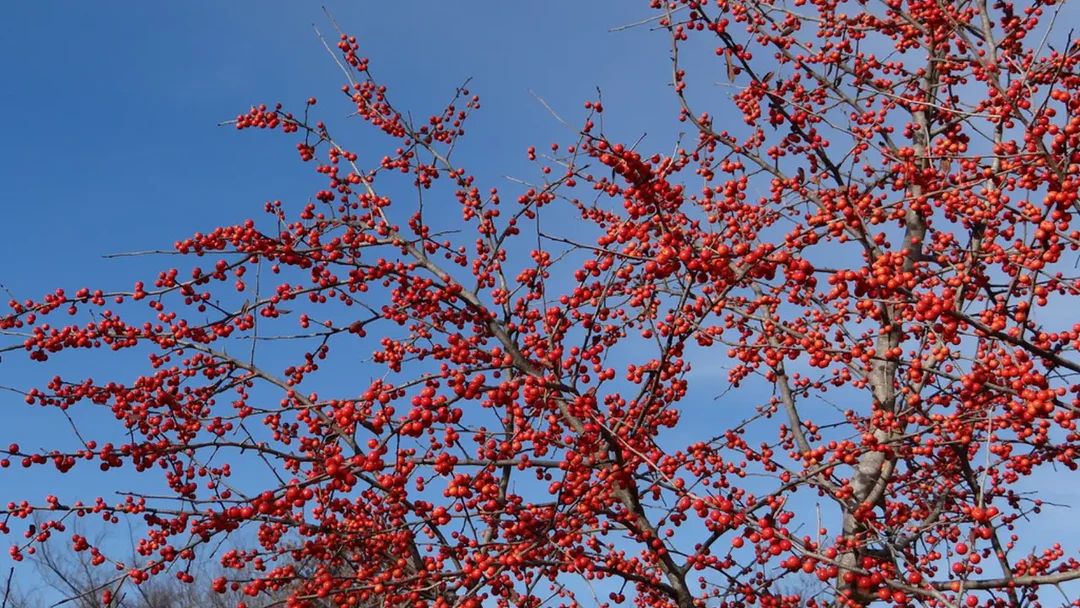Unveiling the History and Ecology of the Blackland Prairie

Photograph by: Kenny Braun
Nestled within the heart of Texas lies a unique ecological treasure: the Blackland Prairie. This distinct ecosystem, characterized by its fertile soils and expansive grasslands, has a rich history intertwined with the cultural and ecological tapestry of the region.
The Blackland Prairie stretches across the eastern portion of Texas, encompassing an area that once covered millions of acres. Named for its dark, rich soil, the prairie developed over thousands of years through a combination of geological processes and natural disturbances. Its formation can be traced back to the last Ice Age, when glaciers retreated, leaving behind a landscape ripe for colonization by native vegetation.
For centuries, the Blackland Prairie served as a vital habitat for a diverse array of plant and animal species. Tallgrass prairie grasses such as big bluestem, little bluestem, and Indian grass thrived in the fertile soils, while wildflowers such as Indian paintbrush and bluebonnets added vibrant splashes of color to the landscape. Bison, deer, and other wildlife roamed freely, forging a delicate balance within this vast expanse of grassland.
The Blackland Prairie also played a significant role in shaping the cultural heritage of the region. Native American tribes, including the Caddo and Wichita, were among the first inhabitants of the area, relying on its abundant resources for sustenance and shelter. As European settlers began to arrive in the 19th century, the prairie became a focal point for agriculture and ranching, with crops such as cotton and wheat flourishing in the fertile soils. The rich grasslands also attracted cattle ranchers, who capitalized on the ample grazing opportunities provided by the expansive prairie landscape.
However, the relentless march of progress took its toll on the Blackland Prairie. As urbanization and industrialization spread across Texas, vast tracts of prairie land were plowed under for development and agriculture. By the mid-20th century, only a fraction of the original Blackland Prairie remained intact, fragmented into isolated pockets amidst a sea of urban sprawl.
Recognizing the ecological importance of the remaining prairie remnants, conservation efforts began to take root in the latter half of the 20th century. Organizations and agencies worked tirelessly to preserve and restore the dwindling prairie habitats, employing strategies such as controlled burns and native plant reintroductions to revitalize the ecosystem.
Today, the Blackland Prairie stands as a testament to the resilience of nature and the enduring spirit of conservation. While much of the original landscape has been lost to the passage of time, efforts to protect and restore this vital ecosystem continue to flourish. Through education, outreach, and stewardship, we can ensure that future generations will have the opportunity to experience the beauty and biodiversity of the Blackland Prairie for years to come.













Leave a comment